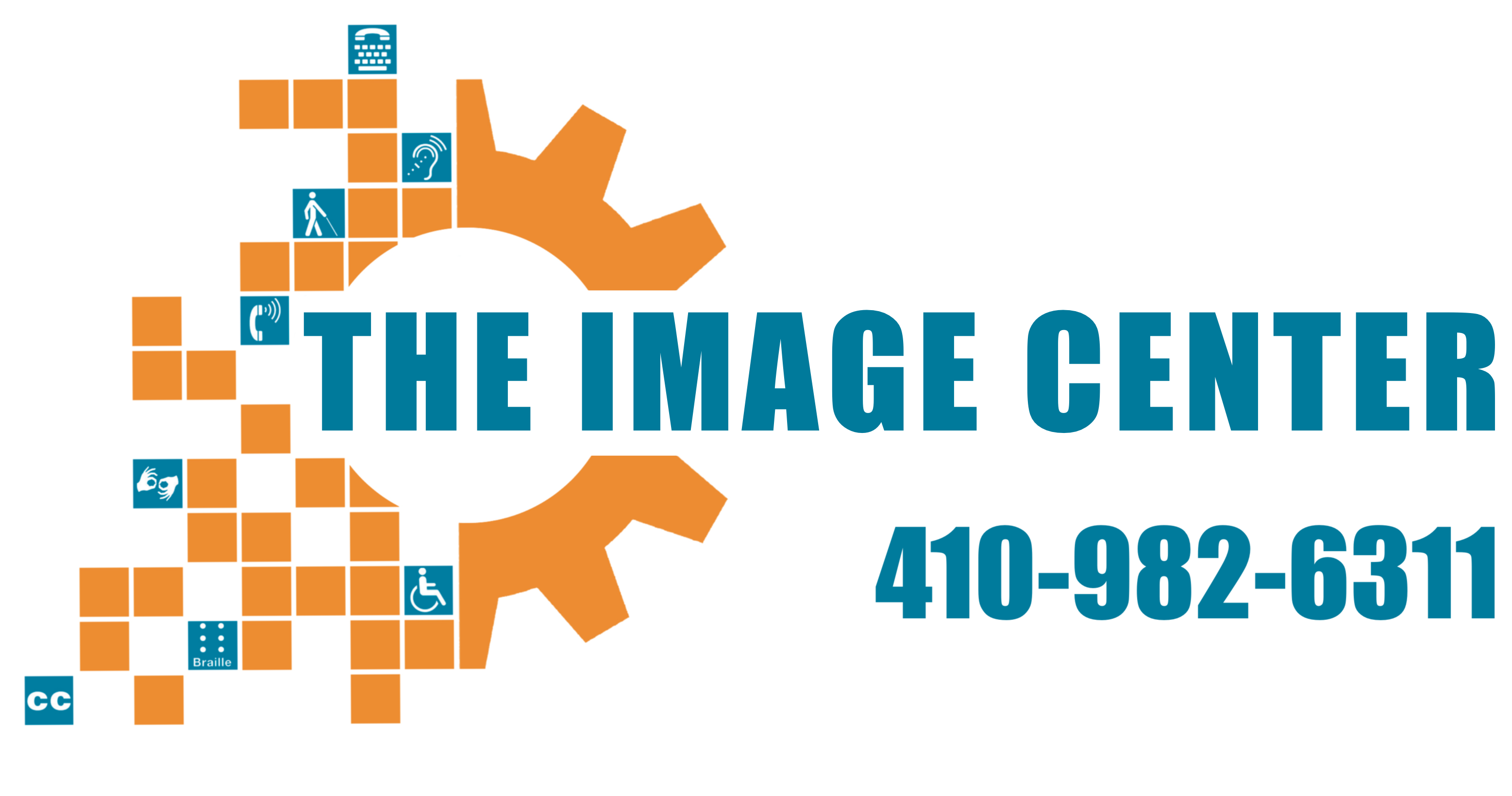For individuals with disabilities, accommodations make the difference between access to opportunities and being shut out of those opportunities. Accommodations, while vital, vary from individual to individual and depend on many different factors. Join the Bridges Helpdesk as we explore understanding, identifying, and advocating for accommodations in the area of assessments, including quizzes and tests, […]
Category: Series: Assessment Accommodations, April 2022
For individuals with disabilities, accommodations make the difference between access to opportunities and being shut out of those opportunities. Accommodations, while vital, vary from individual to individual and depend on many different factors. Join the Bridges Helpdesk as we explore understanding, identifying, and advocating for accommodations in the area of assessments, including quizzes and tests, […]
For individuals with disabilities, accommodations make the difference between access to opportunities and being shut out of those opportunities. Accommodations, while vital, vary from individual to individual and depend on many different factors. Join the Bridges Helpdesk as we explore understanding, identifying, and advocating for accommodations in the area of assessments, including quizzes and tests, […]
For individuals with disabilities, accommodations make the difference between access to opportunities and being shut out of those opportunities. Accommodations, while vital, vary from individual to individual and depend on many different factors. Join the Bridges Helpdesk as we explore understanding, identifying, and advocating for accommodations in the area of assessments, including quizzes and tests, […]
